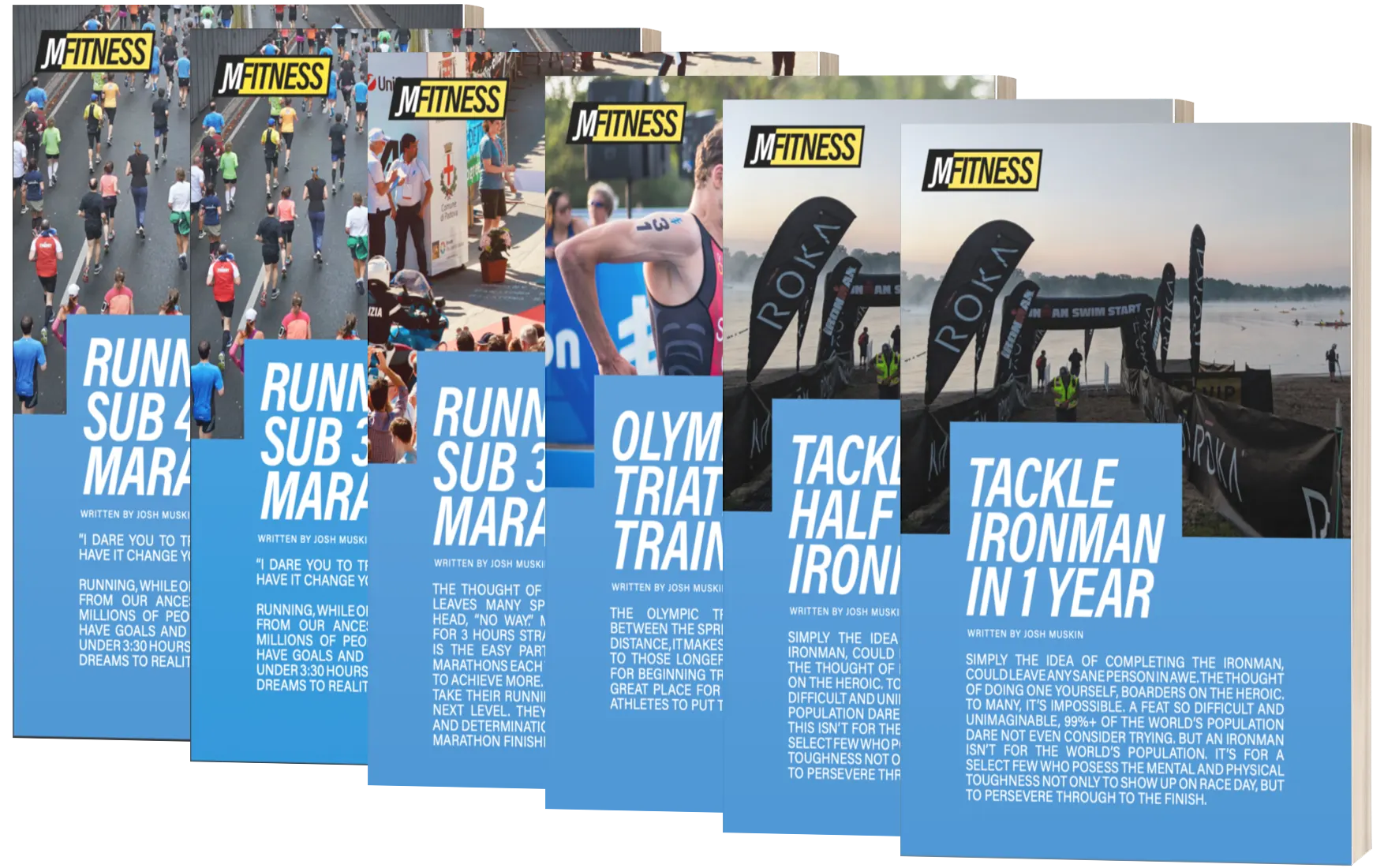We find ourselves in unique times – you’d be hard pressed to find much argument there.
With the majority of the country asked to ‘shelter in place’ or limit your travel/errands/etc. Those training for races like an Ironman® and Ironman 70.3® can find themselves in a tough spot.
Unfortunately, many have had their races moved and cancelled (here’s what to do if that happens..), however there are also many looking ahead to next year and continuing to plod along.
If you’re in the midst of Training for an Ironman® triathlon, whether with a specific Ironman training plan or going through the motions – here are a few ways to actually get the best out of a bad situation.
Running & biking are still permitted activities regardless of COVID-19.
Use this as an additional excuse to get outside & keep moving. The athletes we have registered in our 1 on 1 coaching have been having a ball finding new excuses to get out, get moving & continue to push hard for 2/3 of their available training blocks.
This is also the time to remind yourself that all the cardio endurance you’re gaining during your biking and running WILL translate to swimming. So even though that activity is a bit more difficult (more on that in a minute), you’re not losing as much ground as you might think.
Here’s where most triathletes are hit hard.
Their pools are closed, they live in land locked states with no access to ponds, lakes or oceans to swim in – this is tough.
It effectively pulls out one of the (in many cases) most stressful sports for beginners and forces them to not be able to practice in the way that they’d like to.
Good news is – there’s still plenty you can do at home to prepare your body for when that pool reopens.
One of the most crucial elements of swimming is the ability to breathe & keep your breath under control through stress.
This is something you can practice quite literally anywhere (though it’s best somewhere quiet and relaxing).
Start by sitting down in a place where you know you won’t be disturbed and begin breathing in a pattern:
As you do this, slowly increase the amount of time you hold empty lungs and see if you can get to 10 seconds, adding 1-2 seconds per breath. Then start back over at 4.
You can do this for any length of time, but it’s best to start at 1-2 minutes, and slowly work up to 10+.
This drill can be made even more effective if you do it immediately following a tough run or bike, because it will help you learn how to control and lower your heart rate in times of stress.
SO much of swimming is powered by the upper body and core.
There are countless videos posted on the internet on the topic, but below I’ve put 2 of my favorites.
The key takeaways for both of these are:
The toughest thing to deal with will be any uncertainty around if your race will or won’t actually take place.
The truth of the matter is, there’s very little (if anything) you can actually do about that – so why worry about it?
The more the thought of a cancellation creeps in, the higher the likelihood that you’ll find a reason to skip a workout (I mean, if it’s going to get cancelled anyway why should I do this 10 mile tempo run?).
Make the choice to believe that your race will happen on the planned date, & stay committed to your training.
You haven’t spend hours pounding the pavement, spinning the trainer, and moisturizing your hands (thanks a lot chlorine) just to give up on the POTENTIAL that your race may be changed, have you?
Didn’t think so.
So keep at it, remember how awesome of a story this will be.
Not even a world wide pandemic can stop you from being an Ironman®!
Check out our library of triathlon and running training plans. From a half marathon to a full Ironman® triathlon, we have you covered.
Choose plan


”


Get exclusive training secrets and productivity tips in your inbox to level up your life.